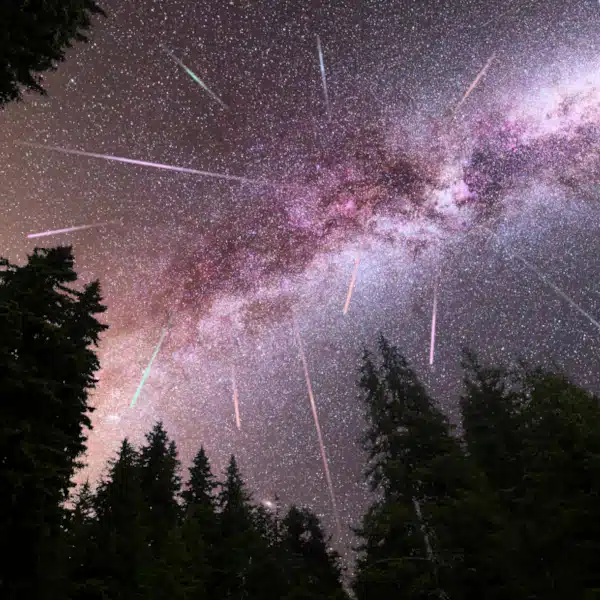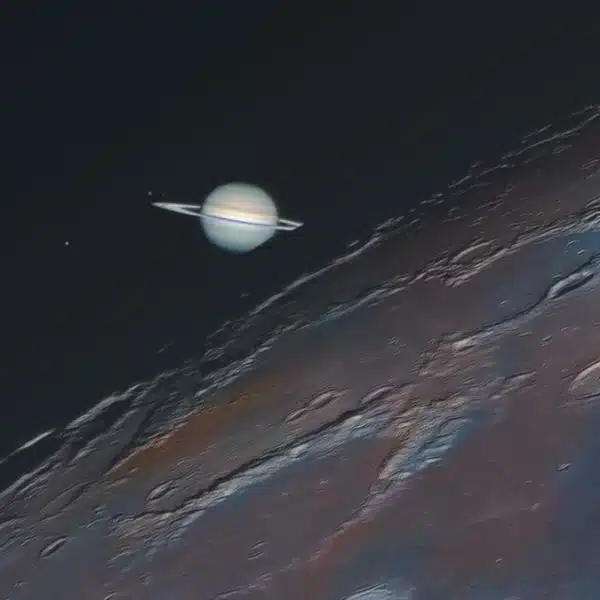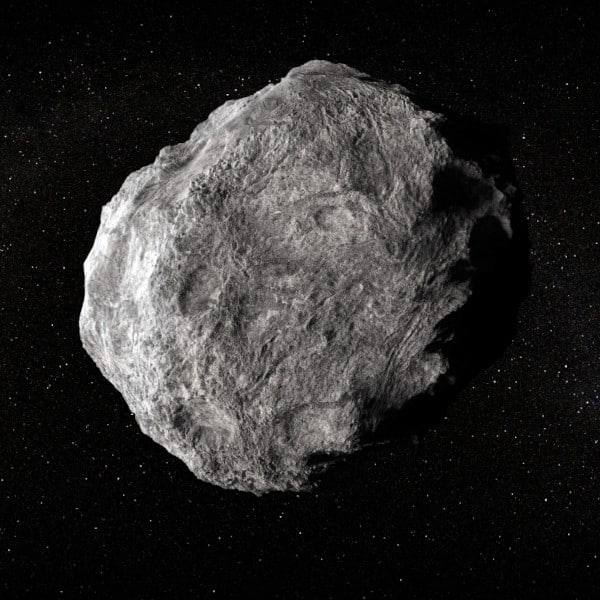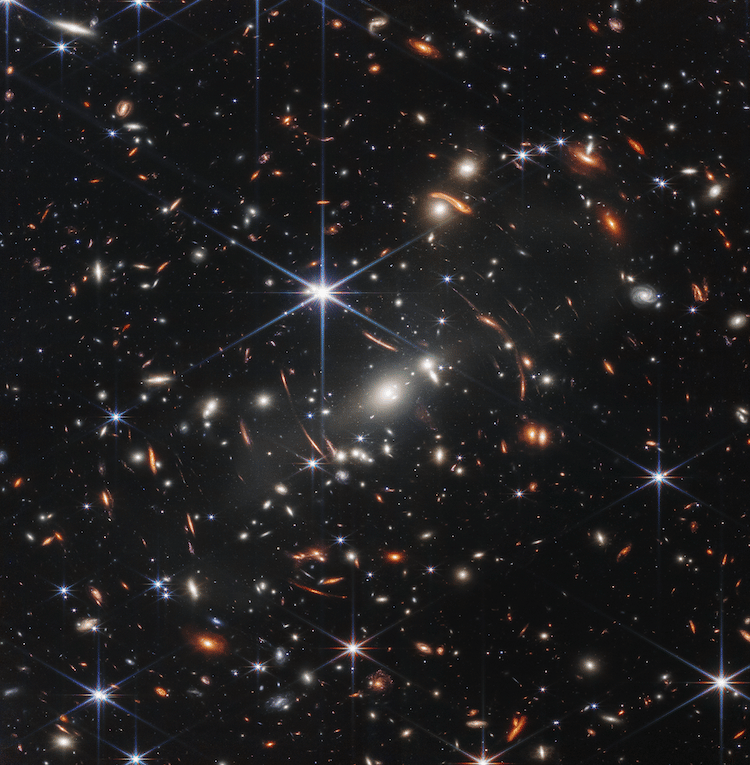
Webb's First Deep Field (Photo: NASA, ESA, CSA, STScI)
The anticipation is finally over. A little over six months after it launched into outer space, the James Webb Space Telescope delivered its first color images, and the results are better than we hoped. After President Biden revealed the landmark first image, known as Webb’s First Deep Field, on July 11, an additional three images were released the following day.
In the photograph released yesterday, we see a crystal clear view of galaxy cluster SMACS 0723. The photograph shows what NASA describes as “a patch of sky approximately the size of a grain of sand held at arm’s length by someone on the ground.” In this tiny portion of the sky we see thousands of galaxies in rich detail that was previously impossible. The image is a composite made from images at different wavelengths, totaling 12.5 hours and reaches far beyond Hubble Telescope's deepest fields. We have this deep field view thanks to Webb's Near-Infrared Camera (NIRCam).
NIRCam's potential was fully displayed during this initial photo release, as all the images take advantage of its technology. One of the most spectacular images is NIRCam's look at the Cosmic Cliff in the Carina Nebula. This area, located 7,600 light-years away, is a hotbed of activity where stars are born. Thanks to Webb's technology, we can now see areas of star birth that were previously obscured.
Two additional images in Webb's first set of color photos also take advantage of its Mid-Infrared Instrument (MIRI). This includes an image of Stephan's Quintet, the largest image to date from the telescope. In fact, this stunning visual of five galaxies is so large that it covers one-fifth of the Moon's diameter. It contains over 150 million pixels and is constructed from almost 1,000 separate image files taken with NIRCam and MIRI.
The last image, or rather images, released by NASA is a side-by-side comparison of the Southern Ring Nebula. In one photo, we see the nebula in near-infrared light; in the other, we see it in mid-infrared light. The images look different because each instrument collects different wavelengths of light. In fact, in the MIRI image, we can clearly see two dwarf stars, while in the NIRCam's photo, the diffraction of the brighter star completely obscures the dimmer one. Looking at the comparison is a wonderful way to see how much can be revealed by photographing the same area of the sky using different cameras.
The entire photo release is a triumph for the team of scientists and researchers who have spent years on the technology that Webb uses and the mission itself. While months of successful tests were already indicators that Webb would deliver beyond expectations, these first images confirm that the telescope will show us more about the universe than was ever possible.
NASA has released the first full-color photos from the James Webb Space Telescope.
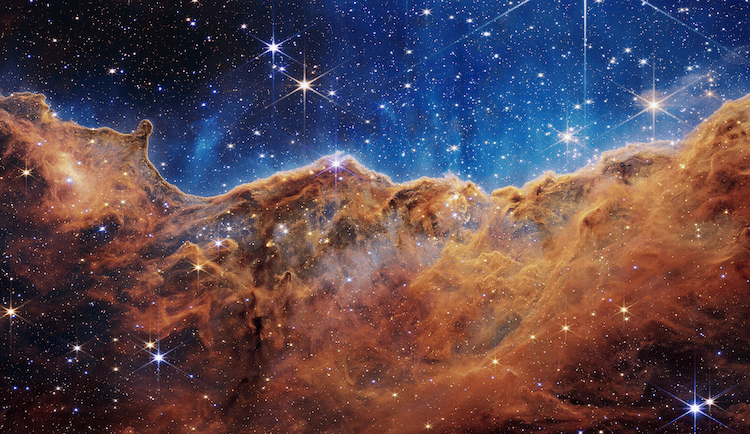
“Cosmic Cliffs” in the Carina Nebula (Photo: NASA, ESA, CSA, STScI)
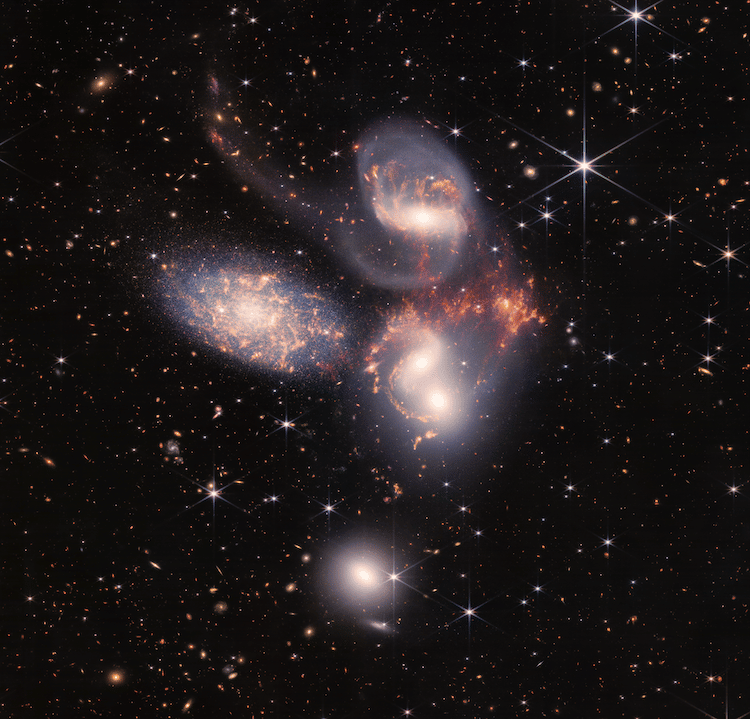
Stephan's Quintet (Photo: NASA, ESA, CSA, STScI)
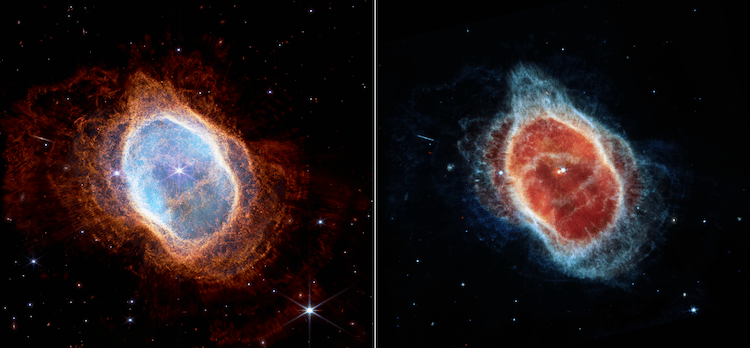
Southern Ring Nebula (Photo: NASA, ESA, CSA, STScI)
James Webb Space Telescope: Website | Twitter
Related Articles:
James Webb Space Telescope Has Enough Fuel to Stay in Space for 20 Years
NASA Reveals First Photo by James Webb Telescope Is Exceeding Expectations
NASA Celebrates James Webb Space Telescope Successfully Reaching Its Destination
NASA Will Launch James Webb Space Telescope To Capture Cosmic Views of the Universe











































































